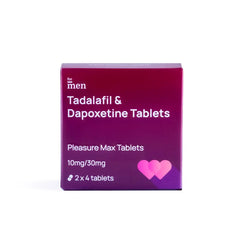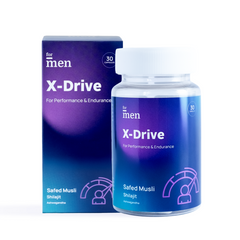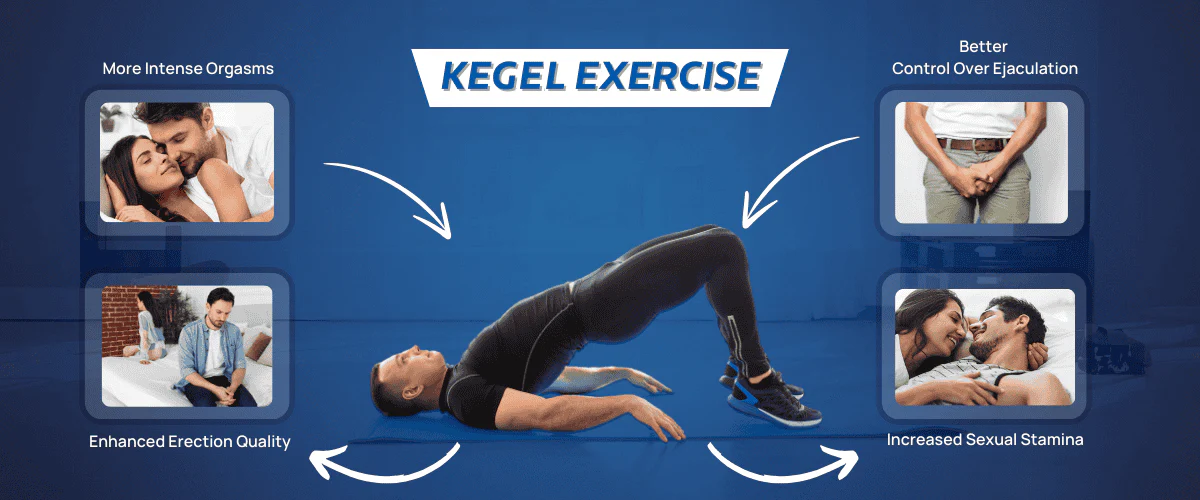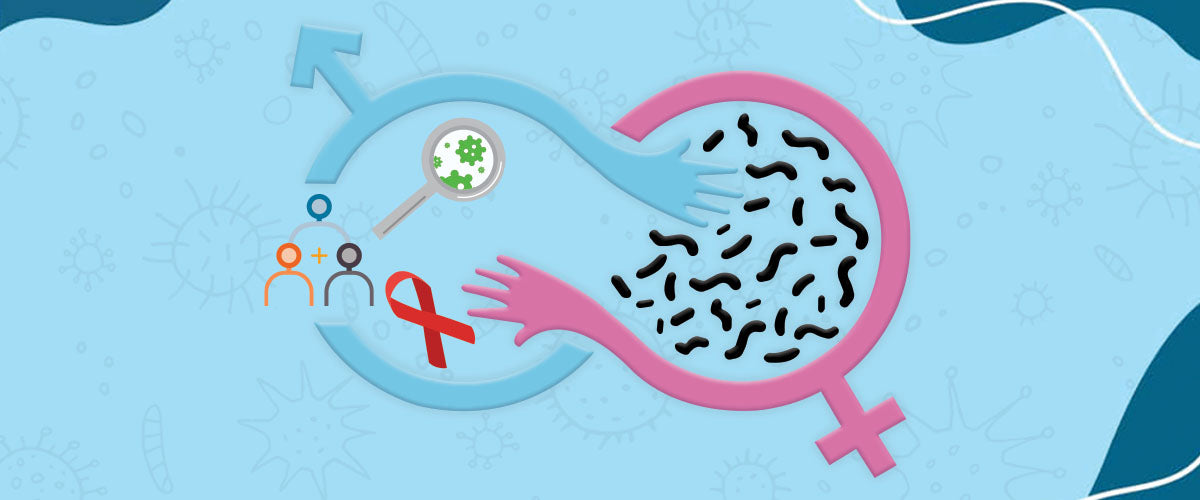What is an Erection? What are the Different Types of Erection?
Evidence Based
All the information in this blog post is accurate, trustworthy, scientifically based and has been written and fact-checked by our experts and doctors.
Our licensed nutritionists and dietitians are committed to being objective, unbiased and honest, presenting all sides of the argument.
This article includes scientific references in brackets, which are clickable links to research papers from reputable academic organizations.

Penile erection refers to hardening of the penis, the male sex organ. Penis becomes hard because of the filling of blood in the spongy tissues of the organ. This is an active neuro- hemodynamic process that is influenced by hormones and environmental factors.
To understand erection in a simple way let us understand the Anatomy and Physiology of Erection.
What Causes Erection?
Erection occurs when a man is excited due to sexual arousal or due to certain stimuli like watching porn, sexual thoughts, reading a book with a sexual theme, listening to exciting music, etc. In such situations, hormones are released in the body which activates a combination of several factors leading to an erection.
[ Try: Best Selling Erection Tablets for Men in India ]
Penis Erection:
The penis is a male organ that is partly inside the body and partly outside the body which can be seen and felt. The inner part is attached to the pelvis and is known as the root of the penis. The outer portion, which is cylindrical in shape, free and pendulous, covered by skin is known as a body of the penis.
Penis contains 3 spongy structures called the right corpus cavernosa the left corpus cavernosa and the middle one, the corpus spongiosum which have the erectile tissues. In the middle of corpus spongiosum is a tube-like structure called urethra which acts as passage for urine and semen.
The corpus spongiosum ends to form a soft, cervical and sensitive structure called the glans penis. The skin over the penis is thin and loosely attached which extends beyond the glans penis forming the prepuce or the foreskin.
Penis is richly supplied by blood supply from the internal pudendal artery. The arteries run inside the corpus cavernosa tissues which are erectile and get hardened when the blood flows into them during erection.
Veins of the penis are complex and are well intricated which get compressed during an erection and prevent the blood from draining away from the penile tissues during erection. The autonomic nervous system within the penis is responsible for the erections.
[ Try: ForMen Ignite Ayurvedic Oil for Better Erection! ]
Physiology of Erection
Erection is a process that is under nervous control that promotes a vascular response in the tissues of the penis. The central nervous system plays an important role as there are special areas in the brain associated with sexual responses and by production of neurotransmitters that take part in the process of erection.
Sensory signals from the genitals are potent activators of pro-erectile system which elicits erection. During arousal as sexual stimulation occurs, excitatory signals originate in the brain and the neurotransmitters produced by excitatory nerves such as nitric oxide and prostaglandins cause relaxation of the smooth muscles of the penile arteries present in the corpus cavernosa.
As the smooth muscles of the blood vessels of the arteries relax, blood flows into and fills up causing hardening of penile tissues. The filling of blood in the arteries due to relaxation of the muscles in the blood vessels combined with a decrease in the blood draining away from the penile tissues, due to compression of the veins, causes engorgement of penis which becomes hard resulting in erection.
Types of Erections:
There are three types of erections:
1. Nocturnal Penile Tumescence (Nocturnal Type):
Nocturnal Penile Tumescence (NPT) is a term used to describe the natural process of erections that occur during sleep in males. NPT is a normal physiological process that occurs in males of all ages and is not typically a cause for concern. It is caused by the release of certain chemicals in the brain during the REM (Rapid Eye Movement) stage of sleep. NPT is not related to sexual arousal or desire, and most men will not be aware that they are experiencing an erection.
2. Central or Psychogenic Type Erection:
Psychogenic erections, also known as central erections, are a type of erection that are caused by sexual thoughts or fantasies, rather than physical stimulation. These types of erections are triggered by the brain and are the result of a complex interplay of psychological, emotional and physiological factors. They are often accompanied by sexual desire and can be triggered by visual, auditory, olfactory, gustatory or imaginative stimuli. They can happen during sleep, as well as during wakefulness. Psychogenic erections can also be considered as an early sign of sexual arousal and are necessary for sexual activity to occur.
3. Reflexogenic Type Erection:
Reflexogenic erections are a type of erection that are caused by physical stimulation of the genitals or other parts of the body. Unlike psychogenic erections, which are caused by sexual thoughts or fantasies, reflexogenic erections are the result of direct physical stimulation. This can include things like physical touch, pressure, or vibration. These types of erection usually happens during sexual intercourse or masturbation. Reflexogenic erections can also occur as a result of certain medical conditions, such as spinal cord injuries or certain neurological disorders.
It is also worth noting that some medical conditions can cause erection problems, such as:
- Vascular Erectile Dysfunction: Caused by reduced blood flow to the penis
- Neurological Erectile Dysfunction: Caused by nerve damage
- Hormonal Erectile Dysfunction: Caused by low levels of hormones such as testosterone
- Peyronie’s Disease: Caused by the development of scar tissue inside the penis.
Erections slowly reduce after ejaculation or sometimes on their own. So, dear men, sound knowledge is very important. Do not get carried away or confused by the extensive information, out there on the internet. Trust qualified doctors only, as regards your health.
Watch the following Video:
Disclaimer: The information provided on this page is not a substitute for professional medical advice, diagnosis, or treatment. If you have any questions or concerns about your health, please talk to a healthcare professional.

 Evidence Based
Evidence Based





Leave a comment